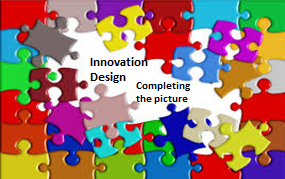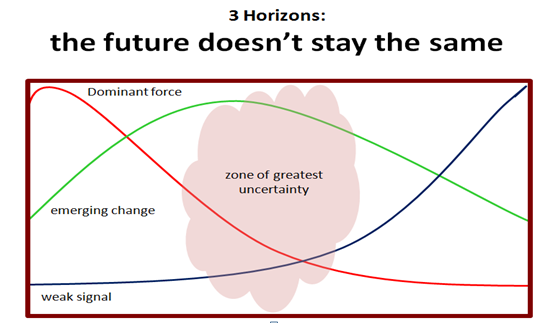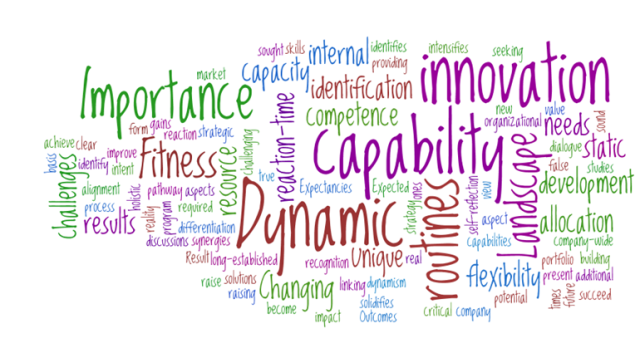 I always enjoy Steve Denning and his writing as essential reading. He has been discussing the fundamental changes taking place within the management of our organizations.
I always enjoy Steve Denning and his writing as essential reading. He has been discussing the fundamental changes taking place within the management of our organizations.
Just go over to the Forbes site for Steve’s articles http://www.forbes.com/sites/stevedenning/
Also just take a read of “Why Is Corporate American Eating Itself Alive?” about how Corporate America is practising self-cannibalism, triggered by Dennis Berman in an article in the Wall Street Journal with a message that resonates more and more today:
“isn’t it time we stop according extraordinary compensation to Corporate America’s leaders for meeting their quarterly numbers through the short-sighted tactic of self-cannibalism and instead focus the business on its true goal of adding value to customers with investments and innovation in real products and services?”
More destruction as against enlightenment or simply exposing themselves to a very thin core, leaving themselves totally vulnerable?
Steve preaches radicalism simply because he sees the fundamental changes taking place, setting in train a new set of social and economic changes. He points out we are creatures of habit but being delivered more and more is his “better, faster, cheaper, smaller, lighter, more convenient and more personalized,” and we tend to say, “Hey! Yes! I want that! And not only do I want it. I want it now! In fact, not only do I want it now. “I’ve got to have it now!”
Continue reading “Eating yourself for lunch, unpalatable but essential to adapt”




